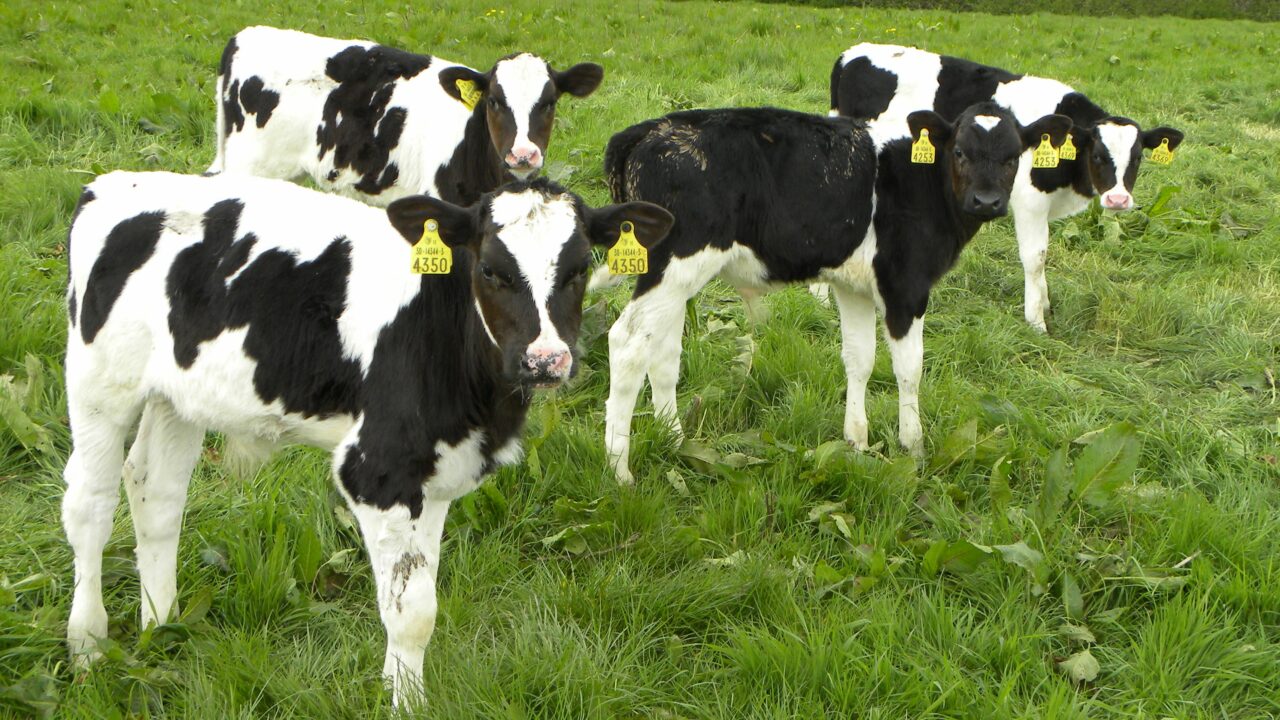By definition, disbudding is the removal of an area of skin, including the horn bud, in a young calf prior to solid attachment of the horn bud to the skull.
Where practical, calves should be disbudded while horn development is still at the horn bud stage, or at the first available handling opportunity beyond this age.
This is because the procedure involves less tissue trauma when horn development is still at the horn bud stage, and there is no attachment of horn to the skull of the animal.
Checklist for hot-iron disbudding
- No matter if the cauterising iron is heated by fire, propane, battery or AC current, the barrel must be larger than the horn bud so that a complete ring of tissue around the horn bud base is cauterised. Workers should wear gloves to protect their hands;
- If the calf is not sedated, then its head must be completely restrained by a halter or other device in head locks. Inadequate restraint results in excessive tissue damage and increased processing time. The calf’s ear should be held out of the way;
- Preheat the cauterising iron to a dull red colour. The iron should be hot enough to produce an even and complete circle when applied to a piece of wood for 2-3 seconds;
- Place the hot iron over the horn, hold it with firm pressure. After the hair starts burning, rotate the iron around the bud to evenly distribute the heat;
- Continue the application until a copper-coloured ring of cauterised tissue encircles the bud, but no longer than about 10-20 seconds. Excessively long application may allow enough heat to be transferred through the skull to damage the brain;
- Inspect the calves after 30 minutes and cauterise any arteries that are still bleeding. Left alone, the horn bud should fall off within four to six weeks.
Disbudding aftercare
Inspect the calves regularly, preferably daily, for about 10 days after dehorning for early detection of infection or fly strike.
The symptoms usually seen are constant tossing of the head and/or a discharge from the wound. Consult with your veterinarian if wounds get infected.
More severe cases may require administration of antibiotics.
Calf registrations
The week ending March 26, saw some 111,716 calves being registered, which is a decrease compared to last year’s figure for the same time period, when 121,003 calves were registered.
The latest figures from the Irish Cattle Breeding Federation (ICBF) show that there has been a 5.98% increase on last year’s figure – with 1,022,219 head of dairy calves born so far compared to 962,795 head for the same period in 2020.
In total some 1,241,596 calves have been registered so far this year, seeing an increase of 57,429 compared to the same period last year.
Weekly Breakdown
Taking a closer look at the figures, we can see that 76,938 dairy calves were registered during the week ending March 26, 2021 – a decrease of 4,559 head on the corresponding week in 2020.
Looking at suckler calf registrations in more detail, during the week ending March 26, 2021, some 34,778 beef calves were registered – a decrease of 4,728 head on the same week in 2020.
The total number of suckler calves registered so far this year stands at 219,377 head. During the same period in 2020, some 221,372 beef calves were registered.
When combined, total calf registrations – for both suckler and dairy – are still running ahead of last year’s levels.
During the week ending March 26, 2021, a tally amounting to 111,716 head of calves had been registered – a decrease of 9,287 head when compared to the same period in 2020.
Calf registrations up to and including the week ending March 26, 2021:
- Beef births: head (-1,995);
- Dairy births: head (+59,424);
- Total births: head (+57,429).

